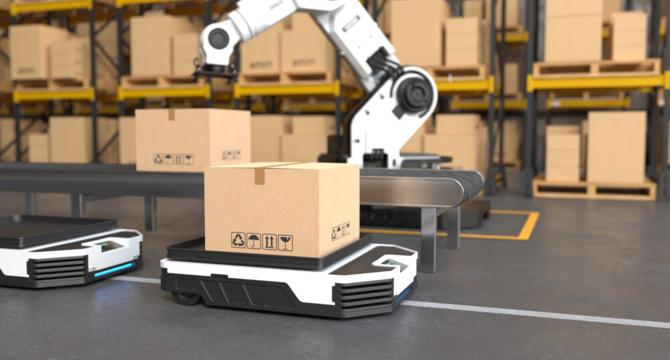TechBullion
1d
204

Image Credit: TechBullion
The Pallet Shift Driving Next-Gen Warehouse Automation
- The logistics industry is rapidly embracing automation, but outdated pallets are hindering progress as they are not automation-ready.
- Warehouse automation success depends on the consistency and quality of physical infrastructure like pallets, containers, and racks.
- Legacy materials such as wood and metal are not suitable for modern automation systems due to their inconsistencies and limitations.
- Automation-compatible plastic pallets are designed for precision and seamless integration with automated systems, enhancing performance.
- Standardized containers and pallets allow for tighter tolerances, faster cycles, and smoother operations in automated warehouses.
- Inefficiencies caused by misaligned pallets or damaged platforms can lead to significant delays and reduced throughput in automated systems.
- Physical infrastructure standardization is crucial for the smooth functioning of high-throughput operations and maximizing automation efficiency.
- Manufacturers are advised to focus on upgrading physical workflows and handling systems to bridge the readiness gap in automation projects.
- Plastic pallets are enabling better automation outcomes due to their consistency, scalability, and compatibility with modern warehouse technologies.
- Standardized pallets not only enhance operational efficiency but also future-proof warehouse systems for scalability and easy reconfigurations.
- Start with optimizing the physical base, like using smart pallets, to build a strong automation foundation and achieve higher operational performance.
Read Full Article
12 Likes
For uninterrupted reading, download the app